
Cuisine
Central American cuisine
Central American cuisine is a diverse and vibrant culinary tradition that reflects the region's rich cultural heritage. It is heavily influenced by the indigenous peoples who have inhabited the area for thousands of years, as well as by the Spanish colonizers who arrived in the 16th century. Central American cuisine is known for its bold, spicy flavors, its use of fresh, locally sourced ingredients, and its emphasis on communal dining.
Typical ingredients
Corn, Beans, Rice, Plantains, Yucca, Potatoes, Tomatoes, Peppers, Onions, Garlic, Cilantro, Oregano, Cumin, Annatto, Achiote
Presentation and garnishing
Central American dishes are often served on colorful, hand-painted plates and bowls, and are garnished with fresh herbs and vegetables. Many dishes are also accompanied by traditional condiments, such as salsa, guacamole, and chimichurri.
Central American cuisine has had a significant impact on the global culinary scene, and has influenced many other cuisines around the world. Some of the most famous Central American dishes include ceviche, gallo pinto, and tamales.
More cuisines from this region...
Costa Rican cuisine, Salvadoran cuisine, Guatemalan cuisine, Nicaraguan cuisine, Belizean cuisine, Honduran cuisine, Panamanian cuisine
History
Central American cuisine has a long and complex history that reflects the region's diverse cultural heritage. The indigenous peoples of Central America developed sophisticated agricultural techniques and culinary traditions, which were later influenced by the Spanish colonizers who arrived in the 16th century. African slaves also brought their own culinary traditions to the region, which have had a lasting impact on Central American cuisine. Today, Central American cuisine is a vibrant and diverse culinary tradition that continues to evolve and innovate.
Cultural significance
Central American cuisine is an important part of the region's cultural heritage, and is often associated with communal dining and celebrations. Many dishes are served family-style, and are meant to be shared among friends and family. Central American cuisine is also known for its use of fresh, locally sourced ingredients, which are often more nutritious than processed or imported foods.
Health benefits and considerations
Central American cuisine is generally healthy and nutritious, as it emphasizes the use of fresh, locally sourced ingredients. However, some dishes may be high in fat, salt, or sugar, so it is important to enjoy them in moderation. Some traditional Central American dishes, such as tamales and pupusas, are also labor-intensive and time-consuming to prepare.
Central American cuisine dishes
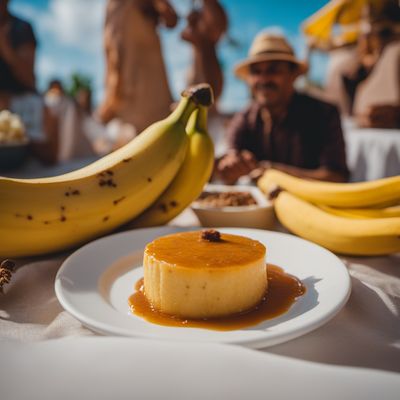
Plátanos en tentacion
Plátanos en tentacion is a traditional Latin American dessert that consists of ripe plantains cooked in a sweet syrup made with brown sugar, cinnamon, and cloves. It is a...

Zompopos de mayo
Mayan Worms
Zompopos de mayo is a traditional dish from Nicaragua made from leafcutter ants. It is a popular snack food in Central America and is often served with tortillas or as a...
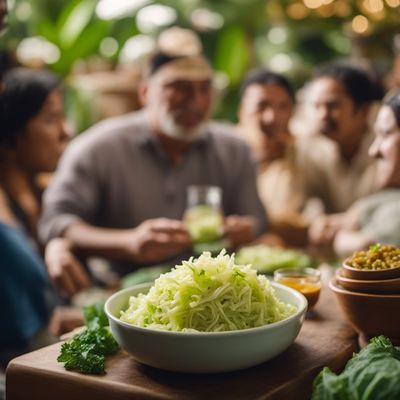
Curtido
Fermented cabbage relish
Curtido is a traditional Salvadoran relish made from cabbage, carrots, onions, and vinegar. It is a popular condiment in Central America and is often served with pupusas, a...
Central American cuisine recipes Browse all »

Central American Nammoura Delight
Tropical Twist: Central American Nammoura with a Zesty Flair

Central American Torta
Savory Delight: Central American Torta with a Twist

Authentic Central American Curtido Recipe
Zesty Central American Slaw: A Tangy Twist on Curtido
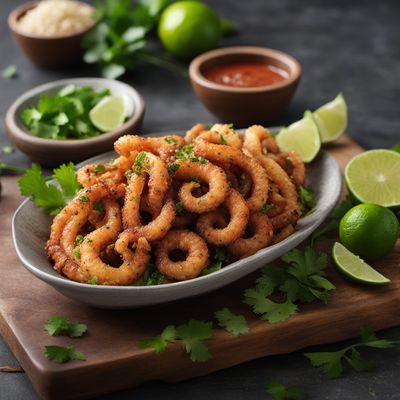
Grilled Calamari with Central American Flair
Sizzling Central American Calamari Delight
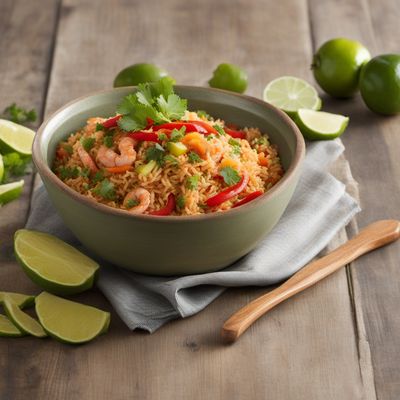
Central American Style Seafood Rice Bowl
Tropical Seafood Delight: Central American Hoedeopbap

Central American Ceviche Salad
Tropical Tangy Delight: Central American Ceviche Salad

Central American Green Goddess Dressing
Tropical Delight Green Goddess Dressing
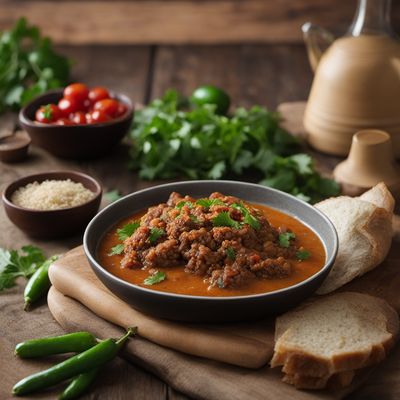
Central American-style Boles de Picolat
Savory Meatballs with a Central American Twist
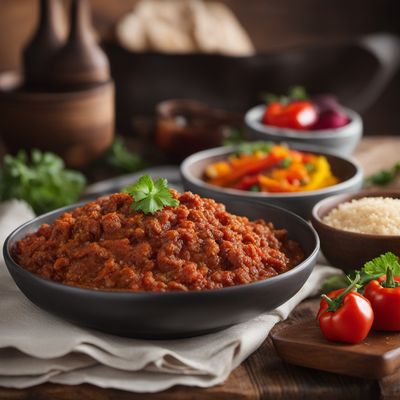
Central American Carac
Savory Central American Snail Pastries
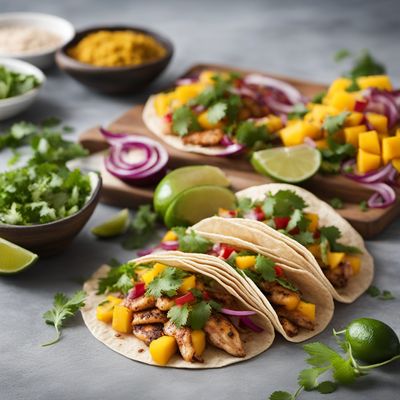
Grilled Fish Tacos with Mango Salsa
Tropical Delight: Grilled Fish Tacos with a Burst of Mango Salsa
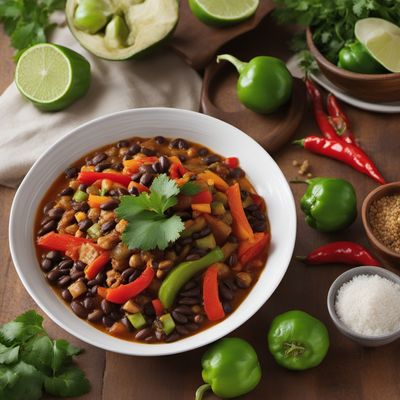
Central American Hodge-Podge
Tropical Fusion Hodge-Podge: A Central American Twist on a Classic English Dish

Zesty Zompopos: A Central American Delight
Savory Ants: A Crunchy Central American Delicacy